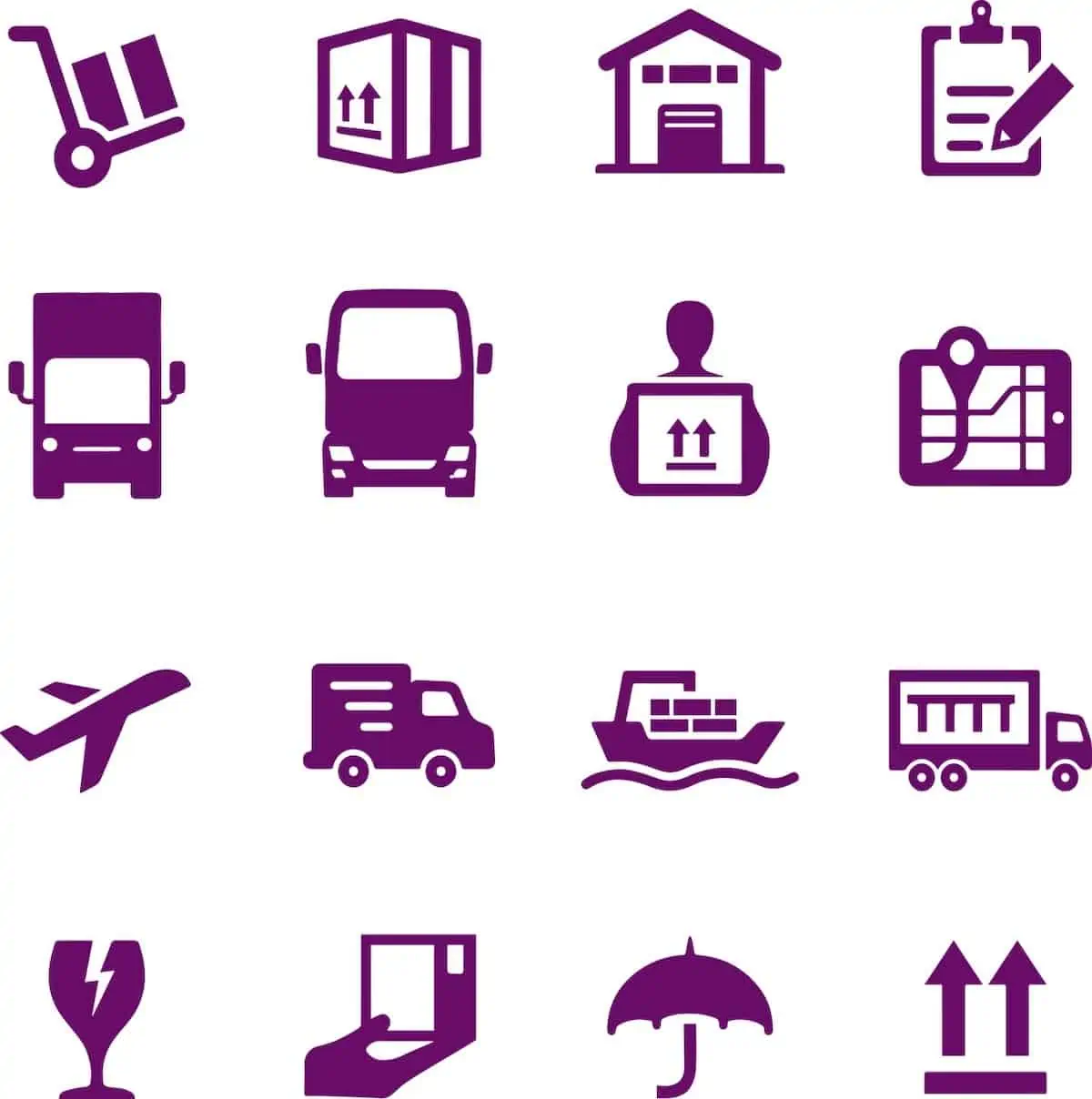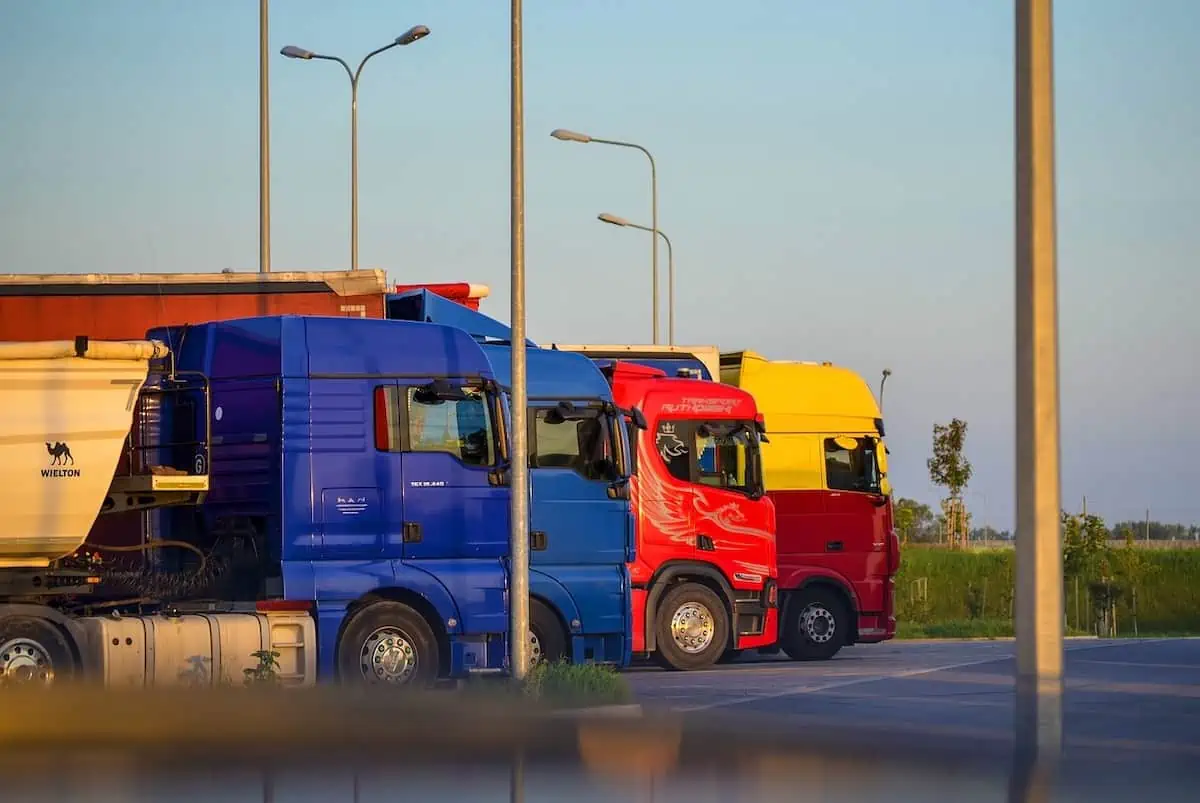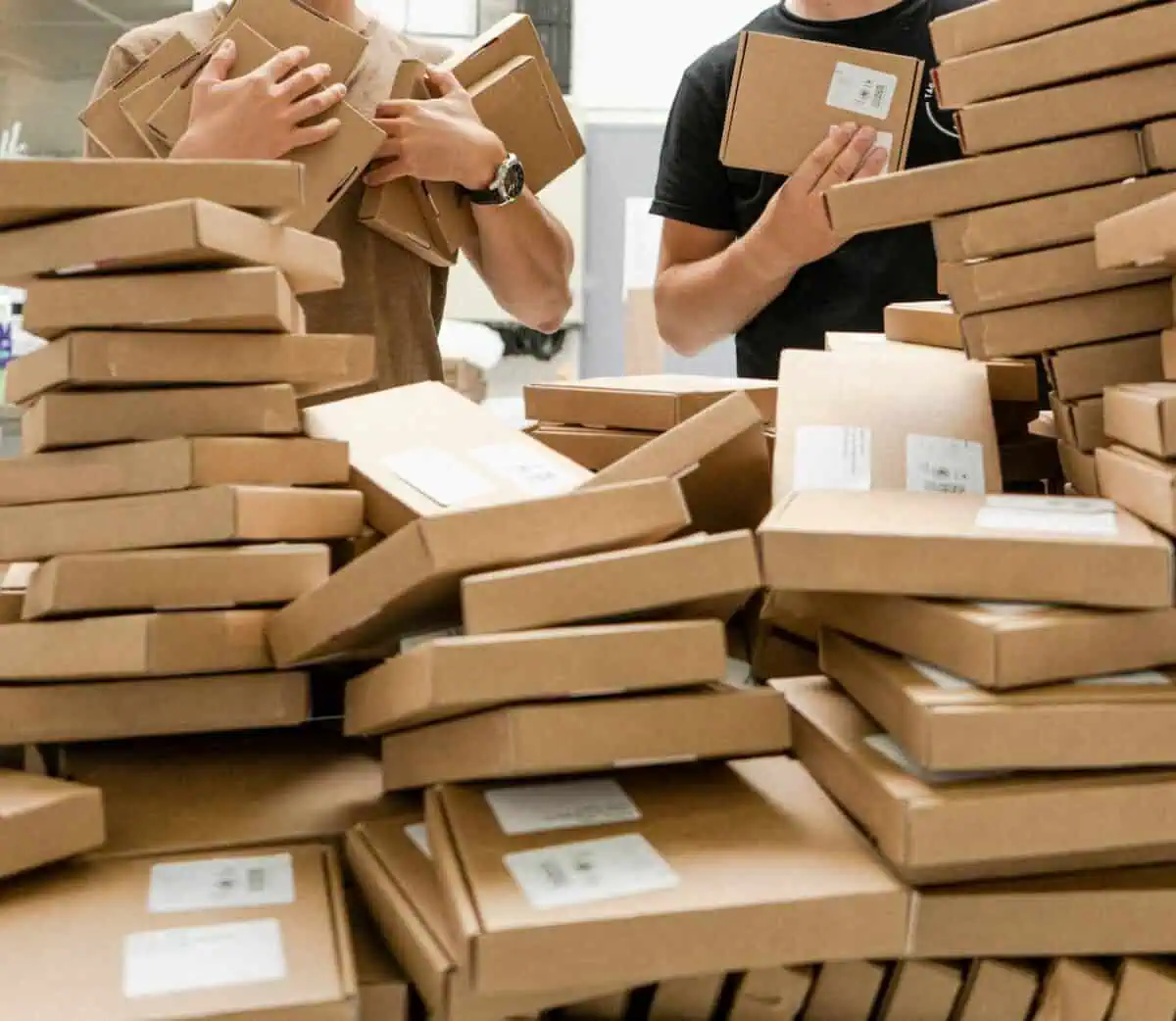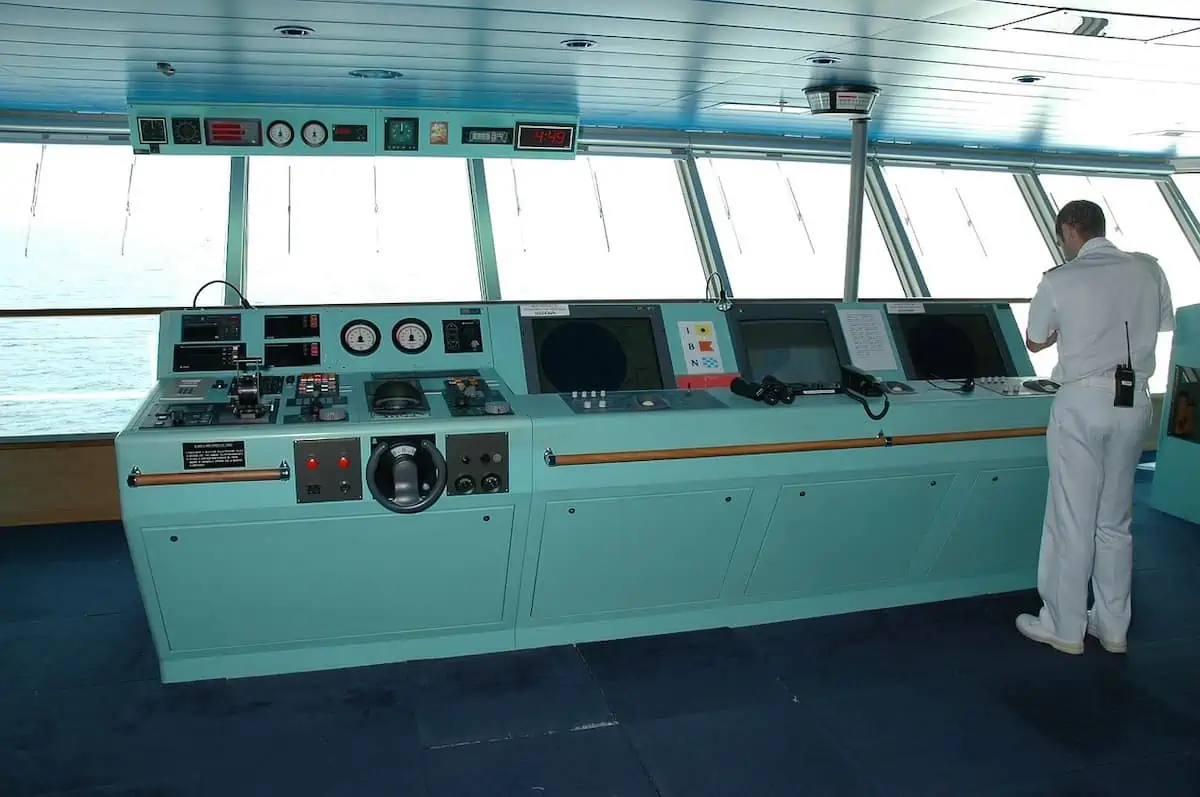The growth of the eCommerce industry redefined the whole meaning of customer satisfaction, including the provision of white glove services.
A product’s quality and price no longer define how much value a good has. The tremendous shift of the seller-consumer dynamics now puts convenience, speed, and outstanding logistics supervision on the consumer’s list for a complete buying experience.
Continue reading “What are White Glove Services? All You Need to Know!”















 EBOOK HERE
EBOOK HERE